What Are Antioxidants?
A key component of a powerful diet is the antioxidant: a strong combatant of free radicals. Based on the free-radical theory of aging, free radicals can damage DNA, lipids, and protein, promoting oxidative damage and making you more susceptible to illness and diseases. In fact, eliminating free radicals can improve your life expectancy by 5 years or more, simply by having a low-calorie diet with plenty of “free radical reaction inhibitors” like antioxidants. (1)
Antioxidants and free radicals are usually a part of the same conversation: free radicals cause oxidative damage to the body, while antioxidants fight against it. But antioxidants are actually widely discussed because of their complexities. While they’re instrumental in promoting a healthy lifestyle by eliminating oxidative stress, too much of them could be detrimental, promoting more disease rather than increased health. (2)
So, how can you make sure you’re intaking antioxidants properly, and from the best sources? Let’s dive into how you can ensure your relationship with antioxidants can help you.
How Can I Measure Antioxidants in My Food?
Antioxidants are a bit like Goldilocks: you can’t have too few, or your free radical balance will be off, but you can’t have too much, or else your benefits could reverse.
So, what’s the best amount that you can take?
The daily recommendation is pretty vast. Some sources say 4,000mg, while others say 11,000. What’s really important is knowing where you’re getting them from, when you should supplement, and when you shouldn’t. Taking the right antioxidant supplement and knowing the proper food sources could be the difference between promoting disease and promoting healing.
Here are some key ways to know your way around your antioxidant consumption:
Know your food’s ORAC score: the ORAC, or oxygen radical absorbance capacity score, tests antioxidant levels. Though people still use this to measure antioxidants, in 2012, the USDA deemphasized the importance of the ORAC score, because it only shows results in vivo (in test tubes), and not in vitro (in the body). (3)
Have a list of antioxidant-rich foods: Below, we’ll equip you with a list of foods high in antioxidants from natural sources and in a trusted supplement that we’ve created. It’s important to know the research behind this before taking anything, which is why we’ll explain everything about antioxidants that we can.
Find supplements from a trusted health professional: I have dedicated my life to this work. Find sources that cite with high credibility and supplements created by licensed functional health experts, specifically having worked with antioxidants.
The Plant-Based Powerhouse: Polyphenols
There are lots of different types of antioxidants. You might have seen vitamin C, vitamin E, beta-carotene and manganese frequent nutrition labels. One of the best sources of antioxidants comes from polyphenols, which naturally occur in plant-based foods.
The Power of Polyphenols
Polyphenols help improve your lipid profiles, blood pressure, insulin, and systemic inflammation. They also help defend against UV radiation, pathogens, and illnesses, and are known to affect the gut microbiome composition to lead to better health (4)
There’s also a high probability that plant-based polyphenols can help alleviate NCDs (non-communicable diseases) that are caused by sedentary lifestyles. This makes it more important than ever for those who work remotely or spend lots of time sitting still to understand the importance of antioxidant intake. (5)
Is There a Difference Between Natural Antioxidants and Polyphenols and Vitamin Antioxidants?
Yes! In fact, people who are over-supplementing antioxidants could be causing damage to their bodies. High-dose beta-carotene supplements have been linked to an increased risk of lung cancer, and high-dose vitamin E supplements have been linked to an increased risk of both hemorrhagic stroke and prostate cancer. (6)
Supplementing your body with too many antioxidants can actually reverse its pro-oxidative qualities, which is why it’s important to know exactly what’s in your supplements, how it could interact with medication you’re already taking, and how it balances out the food you’re already eating. (7)
Antioxidant-Rich Foods
It’s always key to focus on the most natural ways to intake antioxidants.
While all antioxidants have a shared quality of balancing out free radicals in the body, each and every one is unique in its own way, targeting specific issues in the body to help detox. Take vitamin E— its distinctive ability to easily absorb into muscles makes it a strong oxidative resistor, decreasing the risk of heart disease. (8)
Here’s a list of the top antioxidants, and the foods you’ll find have the highest amounts.
Vitamin C
Food Sources:
Oranges
Sweet limes
Green peppers
Broccoli
Black currants
Raw cabbage
Tomatoes
Leafy greens
Black currants
Strawberries
Blueberries
Sea buckthorn
Acerola
How it helps: stimulates white blood cells, regenerates vitamin E
2. Vitamin E
Food sources:
Whole grains
Nuts
Seeds
Kiwi
Vegetable oil
Fish-liver oil
How it helps: fat-soluble and able to permeate through cell membranes
3. CoQ10
Food sources:
Beef heart
Trout
Mackerel
Sardines
Beef
Chicken
Soybeans
Broccoli
How it helps: helps convert food into energy by helping transfer electrons from molecule to molecule to eventually help create ATP.
For an all-encompassing list, download my free guide: 5 Key Antioxidants for Detoxification
Key Antioxidant-Rich Foods at a Glance
For an antioxidant-rich kitchen, equip your kitchen with some of these common foods:
Berries: blueberries, blackcurrant, blackberries
Herbs: clove, peppermint, star anise
Leeks, onions, garlic: allium sulfur compounds
Carrots, spinach, mangoes: beta-carotene
5 Antioxidant Supplements We Recommend
Our team at Functional Detox Products has developed antioxidant supplements that prioritize naturally occurring and powerful antioxidants like CoQ10 and glutathione. If you know your diet is low in antioxidants, these could be a great supplement to your current intake (but always consult with a health professional first):
Mi CoQ10— This particular supplement helps the mitochondria create energy. While our bodies naturally produce CoQ10, we need higher levels than what we can naturally create. Within this supplement is GG-Gold®, which contains Geranylgeraniol, an ancient plant-based nutrient able to create chlorophyll. CoQ10 specifically helps support cell growth, protects DNA, lipids, and proteins recycles vitamins E and C and is an anti-inflammatory.
Glutathione Synergy— Glutathione is directly associated with detoxification. It’s able to eliminate free radicals, mycotoxins, heavy metals, plastics, air pollution, and other harmful toxins.
Ultimate Antioxidant Synergy (NEW FORMULA!)– This antioxidant blend is a perfect balance of key antioxidants, in safe amounts to complement the food you’re eating.
Electrolytes- Because our electrolytes are made for detox, they include antioxidants! With a big dose of vitamin C, plus selenium and then B vitamins for your liver, Electrolytes are a great addition to your detox routine!
Hi-Potency Multivitamin- This popular staple includes high-quality A, C, and E. Stock up!
Although oxidation occurs naturally in our daily lives like from exercising, it’s all about keeping a steady balance of free radicals and antioxidants so you can combat diseases flawlessly. Antioxidants are key to unlocking that– and just from a nice collection of berries, leafy greens, and herbs, you’re well on your way to detoxifying your body!
Bridgit Danner, LAc, FDNP, is an acupuncturist turned functional health coach and has worked with thousands of clients since 2004.
She is the founder of FunctionalDetoxProducts.com and the author of The Ultimate Guide to Toxic Mold Recovery: Take Back Your Home Health & Life, available in audiobook, Kindle and paperback on Amazon.

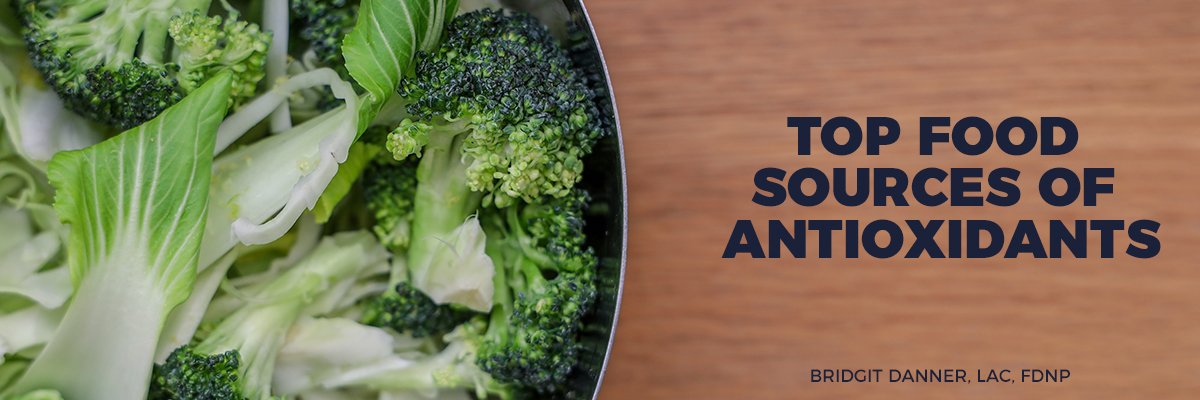
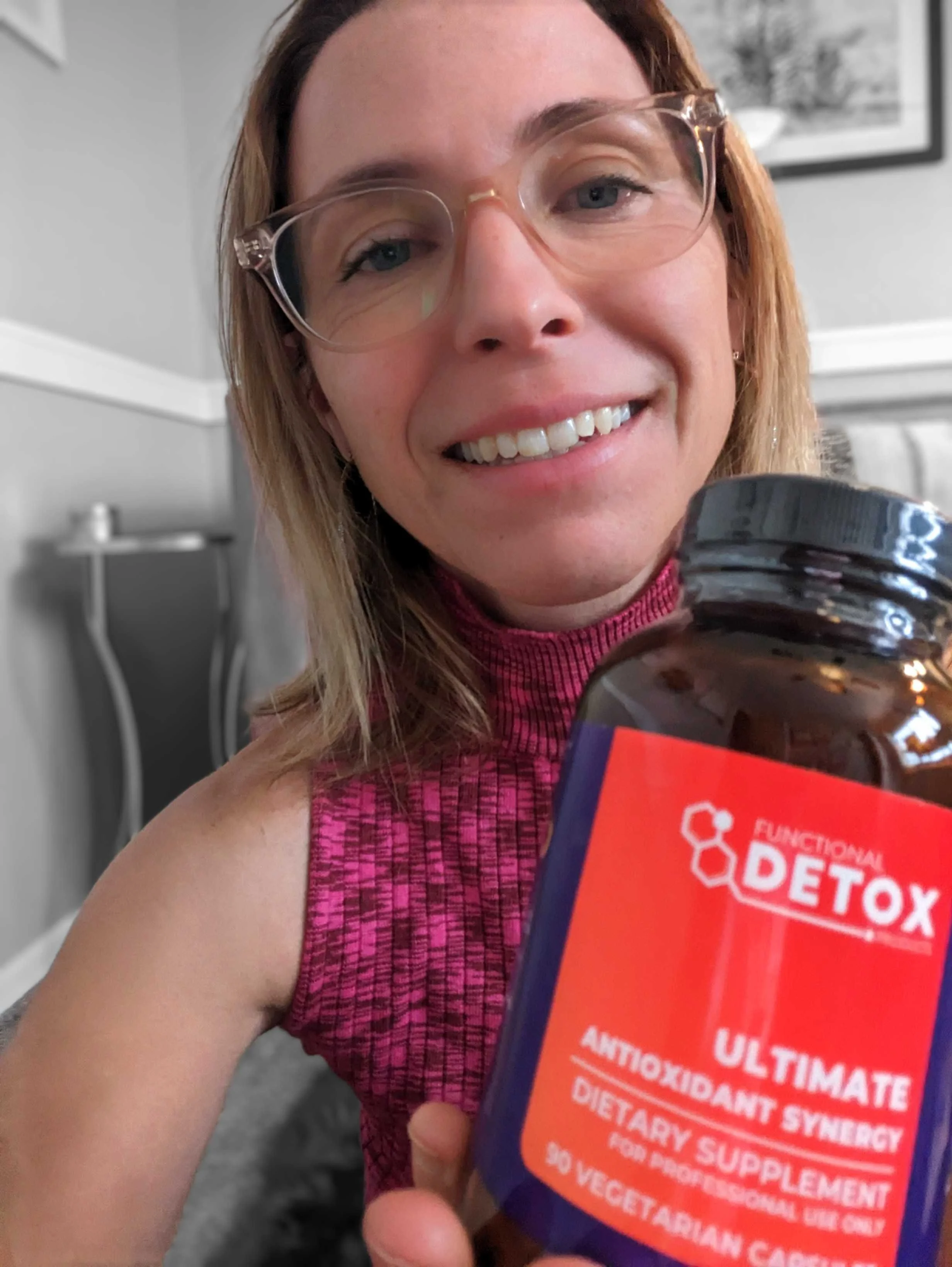

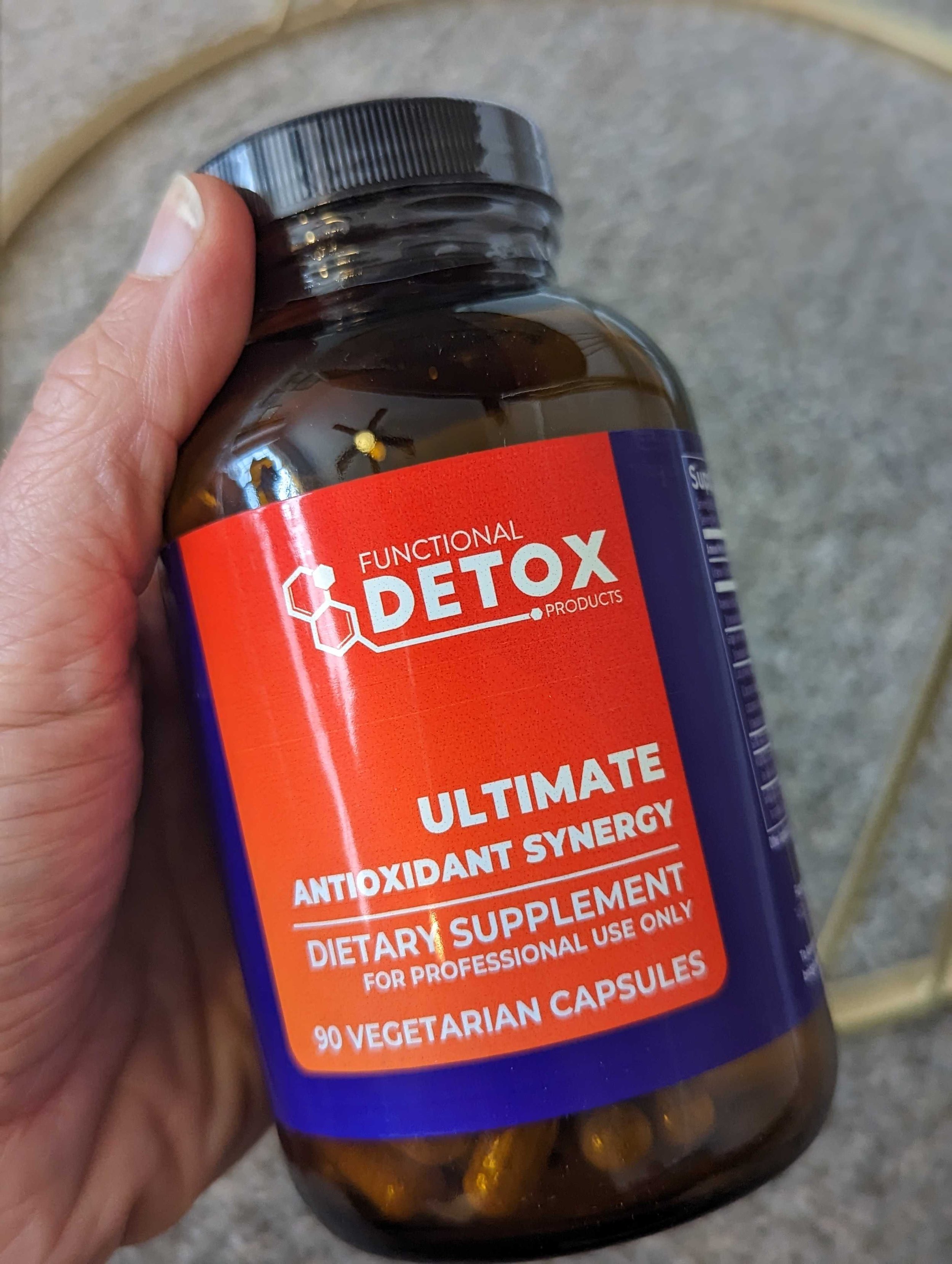
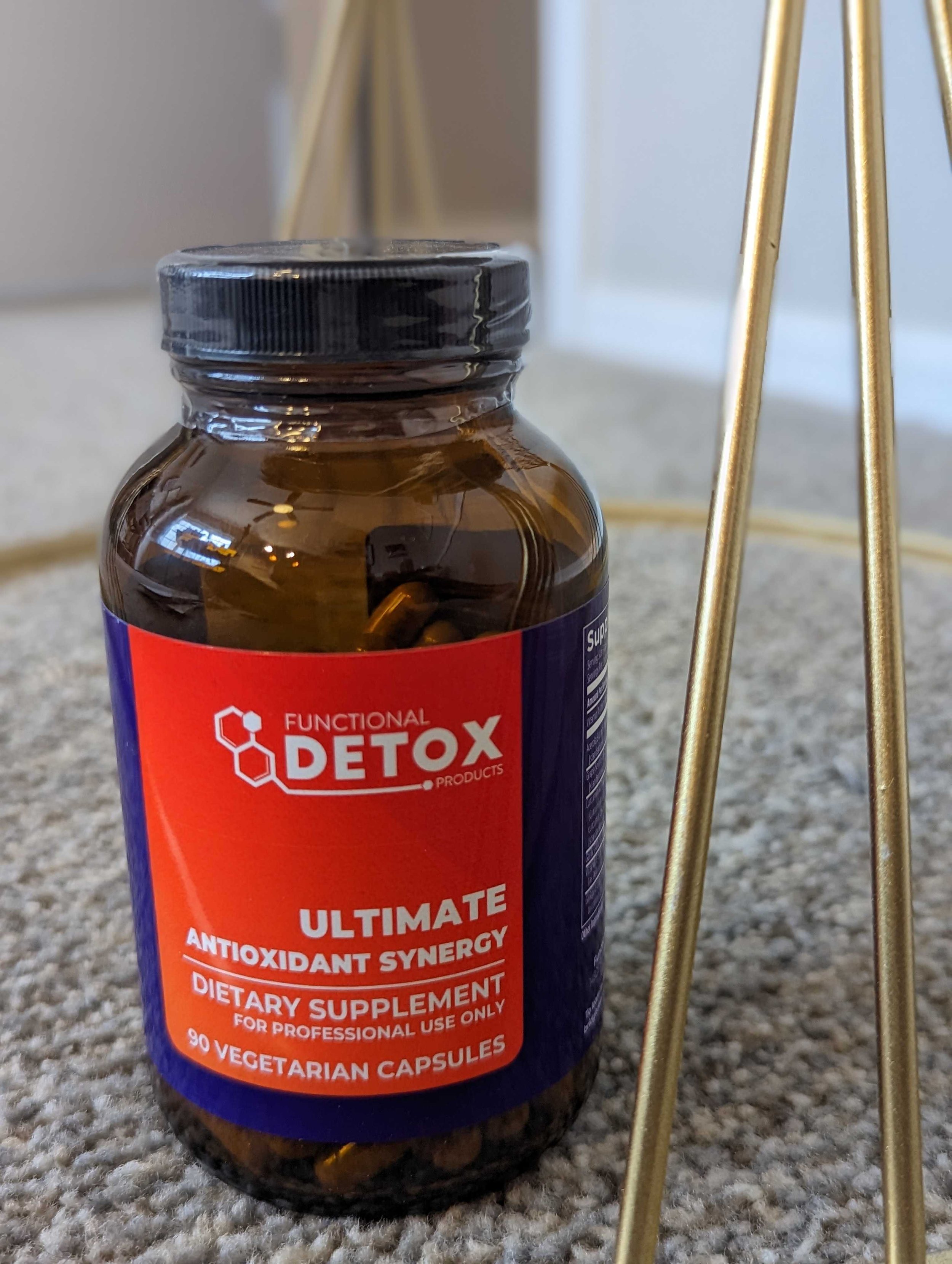
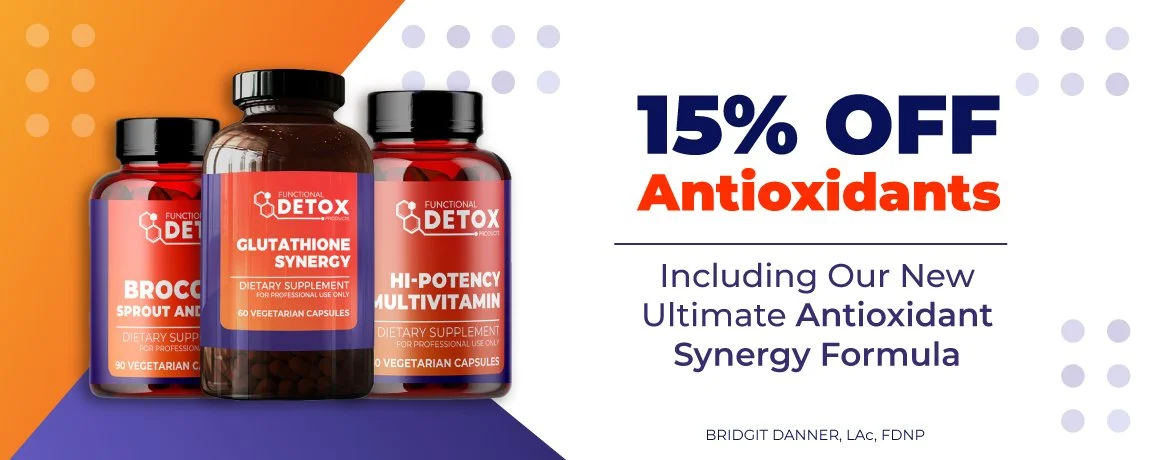
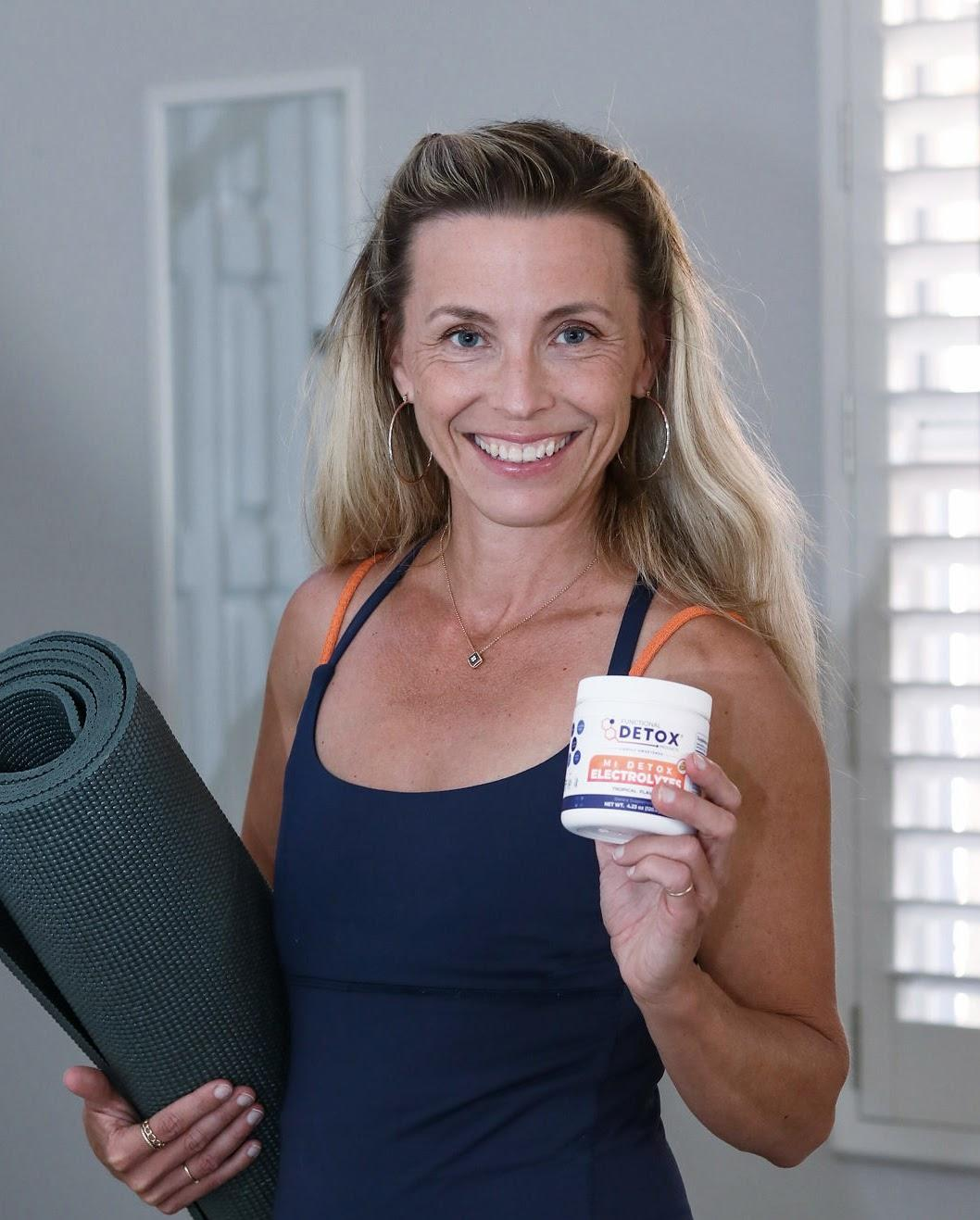


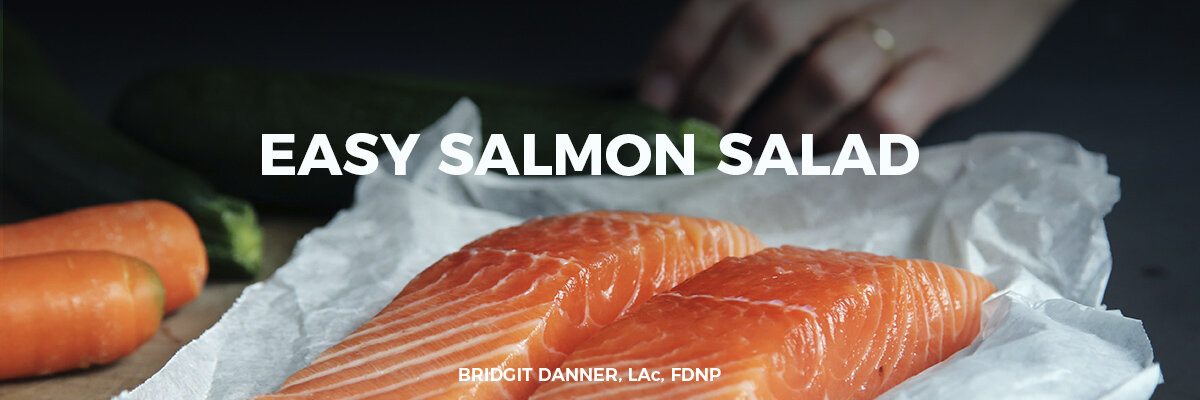




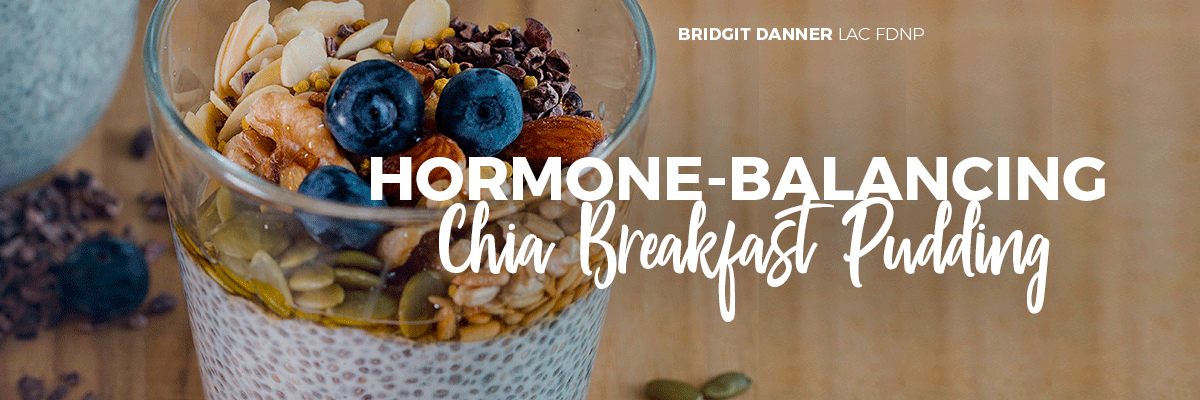
The thought of a coffee enema might leave you in shock, but it’s actually a practice that has been used for thousands of years. I’ve seen the correct implementation of coffee enemas truly transform energy, gut health, antioxidant status and more. Learn the right way to do a coffee enema!